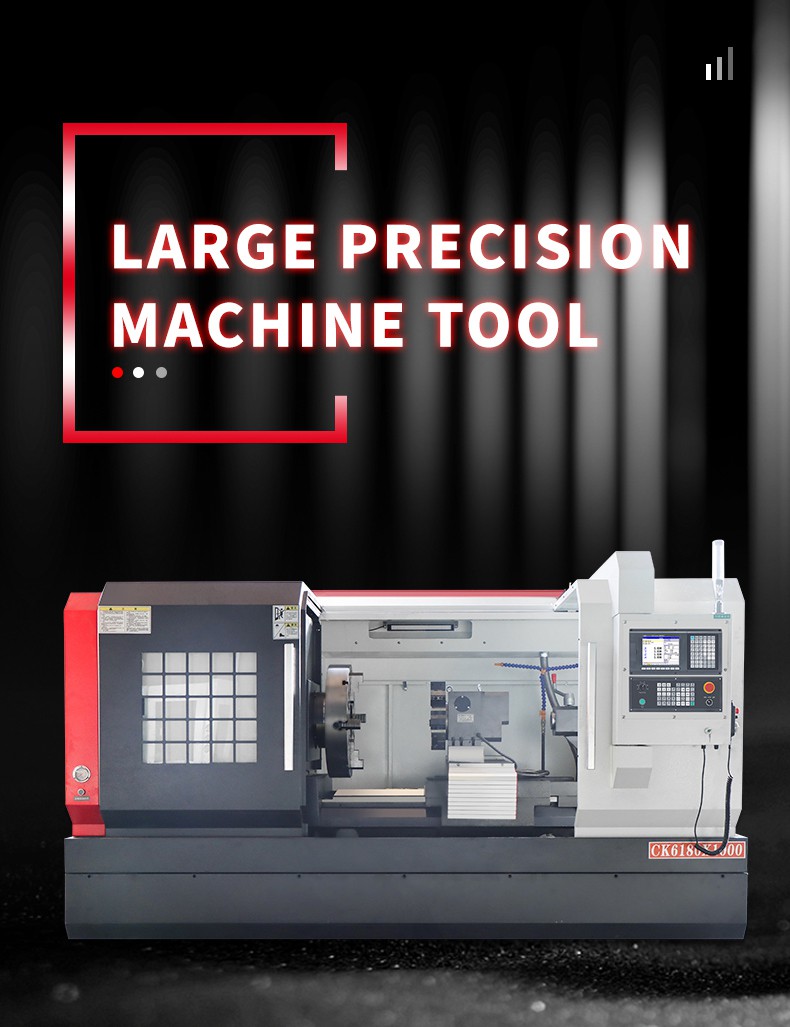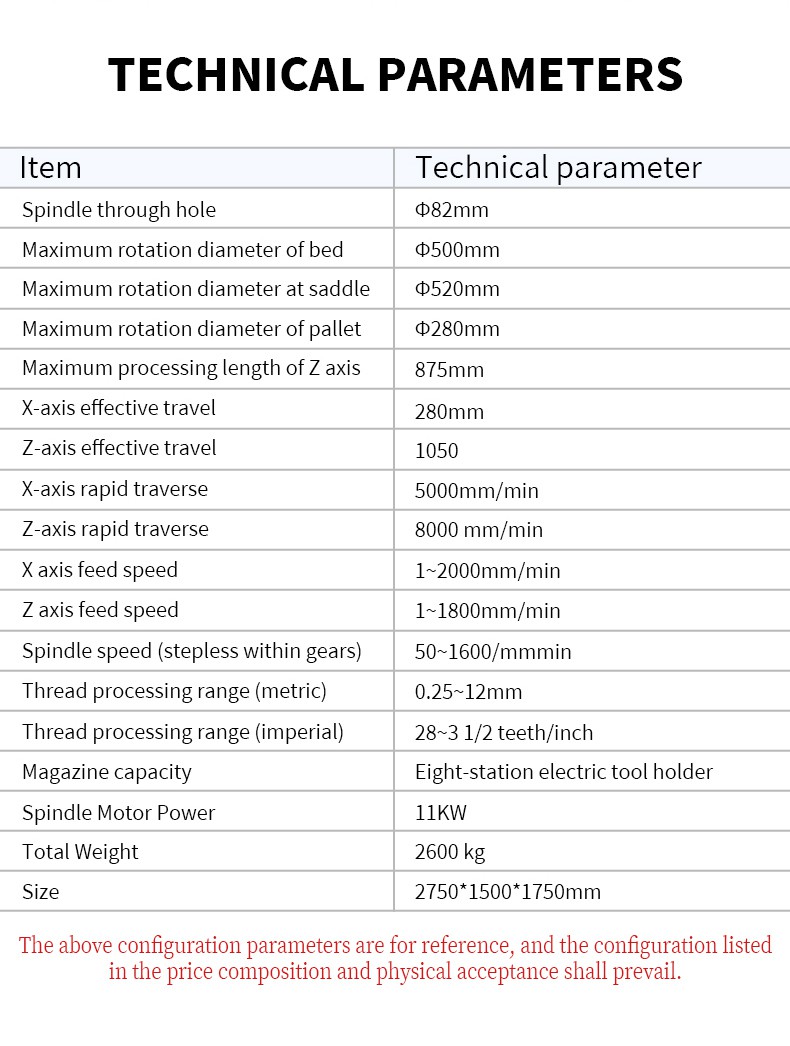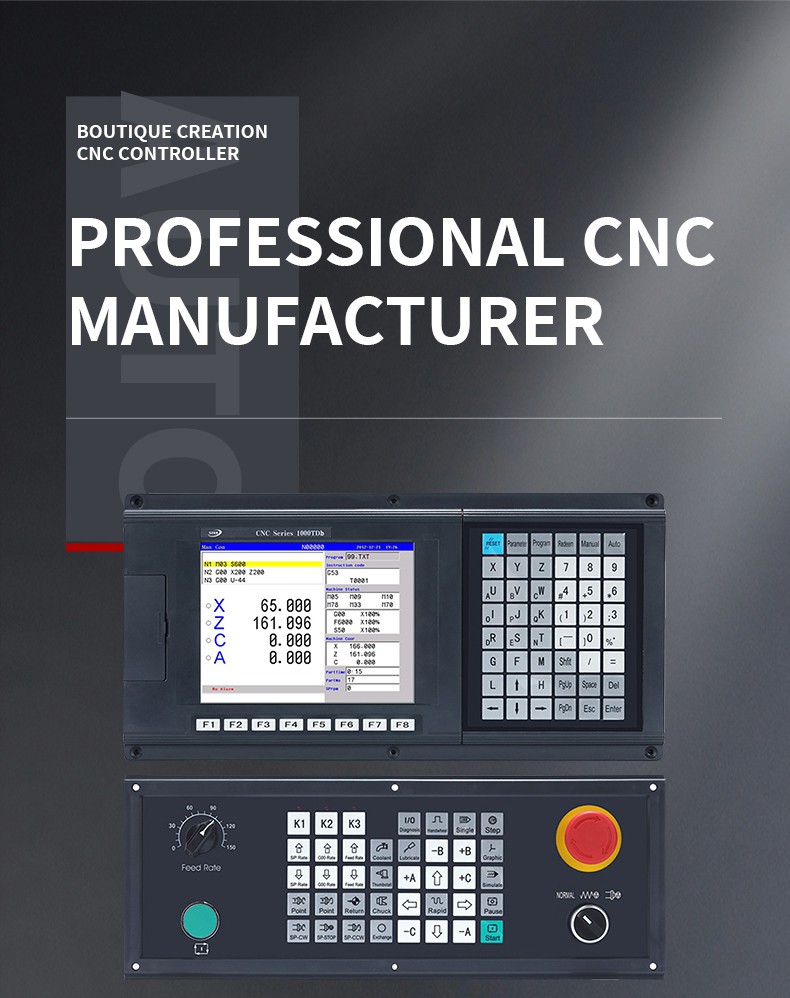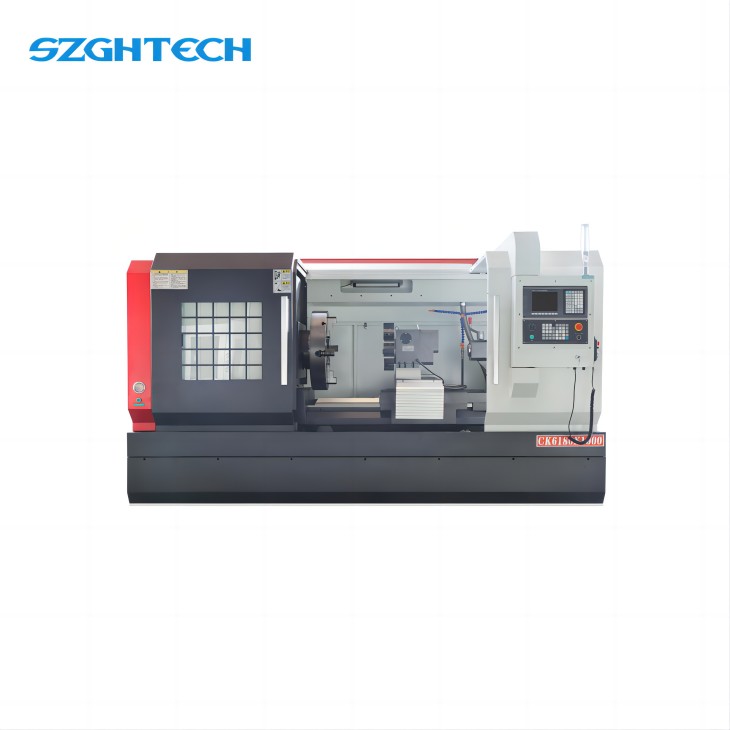cnc machine manufacturing-processing-machinery cnc lathe machine tool automatic cnc lathe
2. The machine tool guide with wear-resistant cast iron and after the audio quenching, the hardness of the HRC45 above, can ensure the long-term stability of processing accuracy.



FEATURES OF MATCHED CNC CONTROLLER:
(1.)2-5 Axis Fully English Type CNC lathe controller;
(2.)800x600 8.4inch real color LcD displayer;
(3.)Electric Turret & Binary code turret,Max: 99 pcs tools;
(4.)Support ATC , Macro function and PLC function;
(5.)Max speed is 60m/min, feeding speed is 24m/min;
(6.)Adapted servo spindle can realize spindle continous position,
(7.)High anti-jammingswitch power(100V-240VAC 50Hz/60Hz→ 24VDC);
(8.)64MB Memory,56M user store room;
(9.)With USB interface it supports file operation in flash disk,system confiquration and software upgrade
(10.)Position Control Mode:Pulse+Direction/AB Phase,Dual Analog voltage output of 0~10V
(11.)32 bits ARM microprocessor+FPGA Technology;
(12,)Basic 1/0:36X36, can be edited freely;
(13,)Cutter offset :






